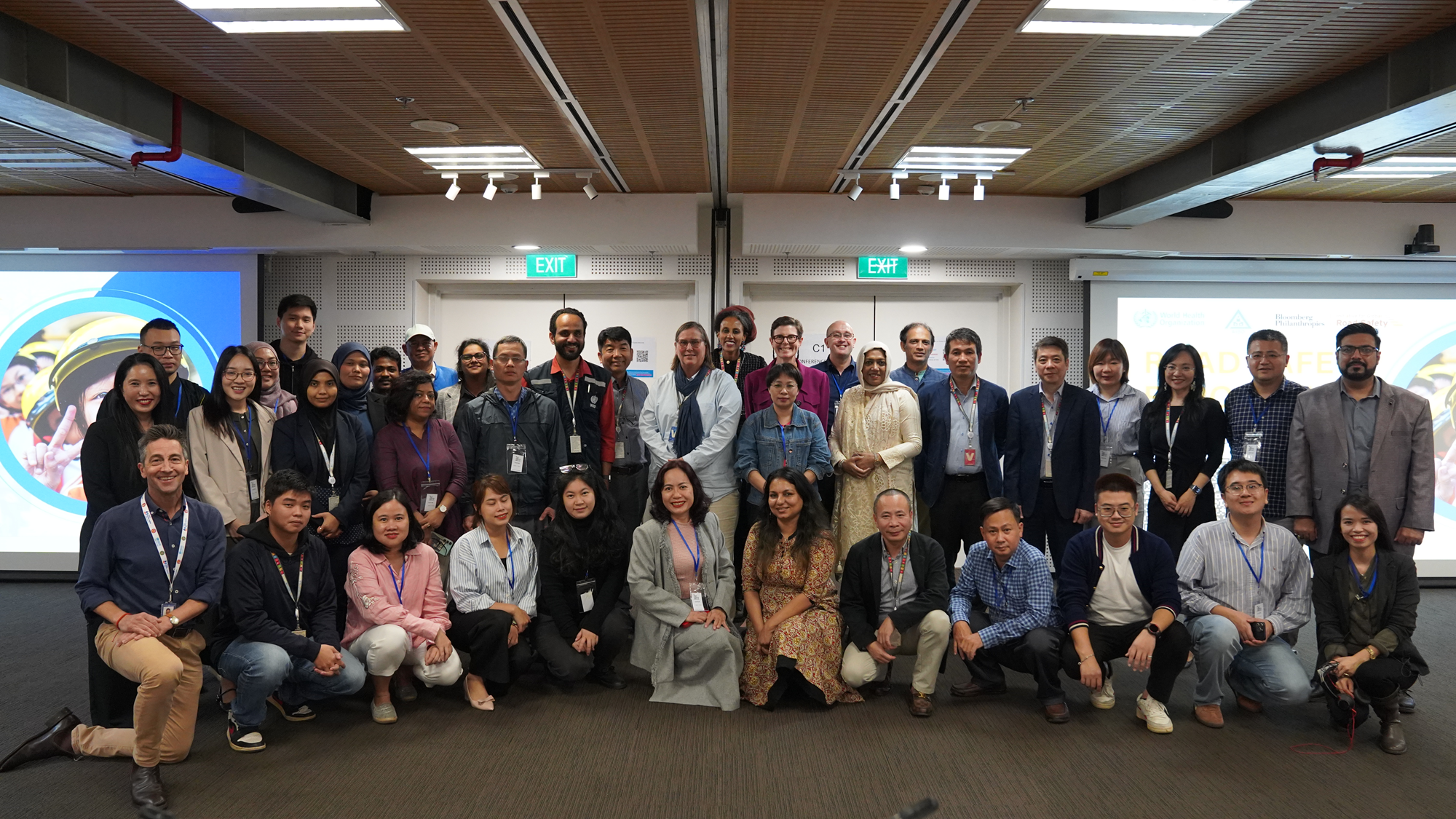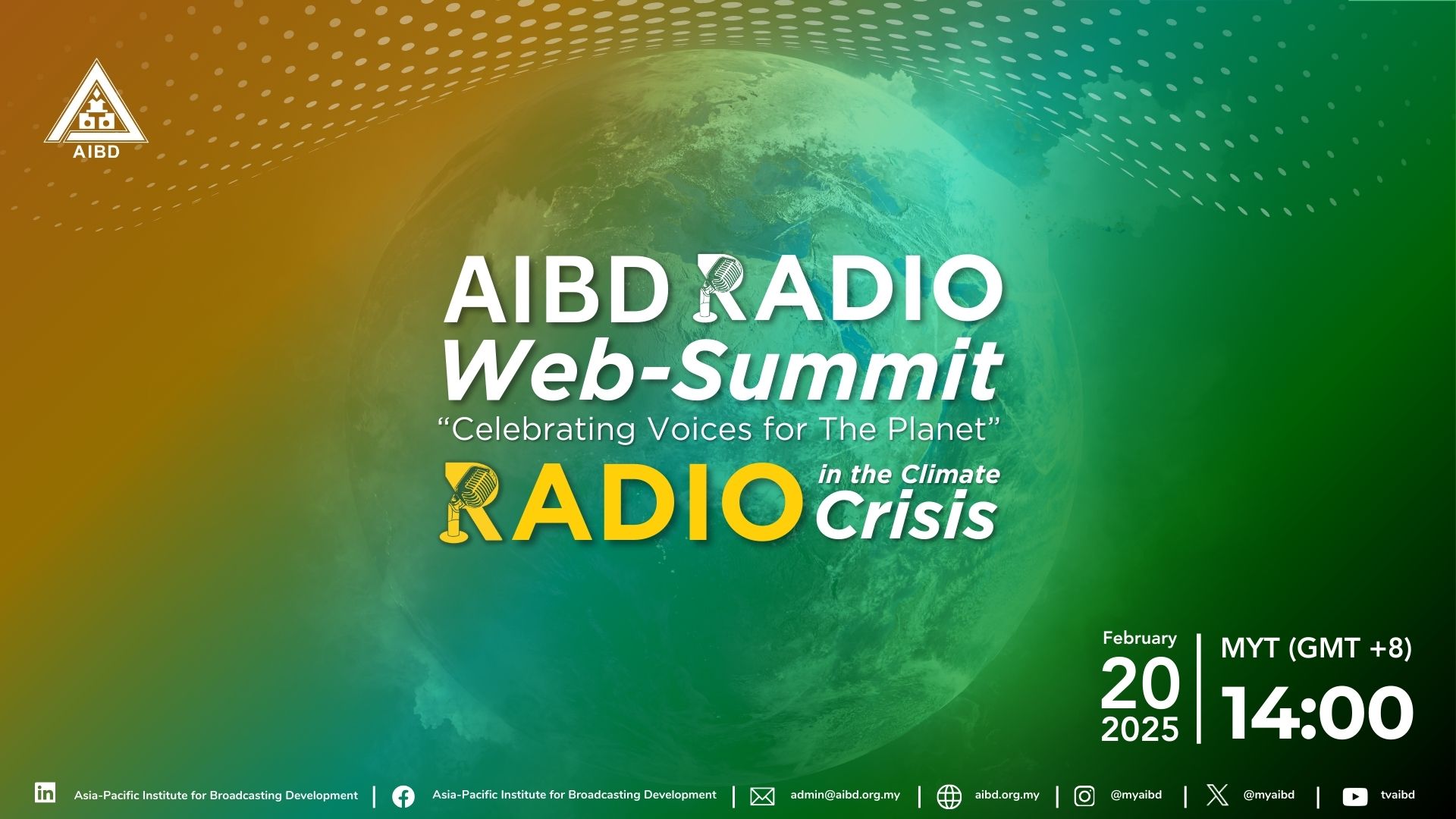Asia-Pacific Broadcasters Brainstorm on Linkages Between Ozone Depletion and Climate Change
Fourteen TV producers and directors from across the Asia-Pacific region have explored the media’s role in spreading awareness about the links between ozone depletion and climate change.
From February 27-29, 2012, they took part in a three-day Asia-Pacific Media Workshop on The Linkages between Ozone Depletion and Climate Change organized by the Asia-Pacific Institute for Broadcasting Development (AIBD) with support from the OzonAction Programme of the United Nations Environment Programme – Regional Office for Asia and the Pacific (UNEP-ROAP).
[img_assist|nid=2152|title=|desc=|link=none|align=middle|width=549|height=243]
AIBD and UNEP organized the workshop to deepen the media’s understanding of the urgency in reducing the production and consumption of the chemicals used in refrigeration and air-conditioning which are potent greenhouse gases. Asian countries are the main producers and consumers of HCFCs, and governments have agreed to phase them out by 2030, and the media has a role in influencing the Asian industry to shift to non-HCFC technologies.
“AIBD is very glad to have collaborated with UNEP to bring together producers from some of the leading TV broadcasters in the Asia Pacific region to share information about ozone depletion and climate change. Our challenge is to mobilize the airwaves to communicate these two important issues to billions of viewers” said Mr. Yang Binyuan, Director, AIBD.
Facilitated by the UNEP OzonAction Team, and regional media experts Nalaka Gunawardene, Director of TVE Asia-Pacific and Kunda Dixit, Editor of Nepali Times, TV producers learnt about ozone science, the Montreal Protocol, current HCFC phase-out programmes in air-conditioning, refrigeration and other industries in Asia-Pacific and climate and energy efficiency benefits of HCFC phase-out.
The participants learnt about how ozone-friendly chemicals are potent greenhouse gases and the need to communicating this to the mass audience and policy makers in the Asia-Pacific region.
[img_assist|nid=2154|title=|desc=|link=none|align=middle|width=550|height=303]
Visit of the factory “CycleWorld”
As part the learning process, they visited CycleWorld, a Malaysian company that uses HCFC-141b in the production of rigid foam. With assistance from the Multilateral Fund, CycleWorld is shifting to non-HCFC alternatives in the near future.
Ms. Aminah Ali, Assistant Director of the National Ozone Unit at the Ministry of Environment in Malaysia, served as a resource person and shared the host country’s experience in phasing out ozone-depleting substances (ODS).
[img_assist|nid=2155|title=|desc=|link=none|align=middle|width=550|height=365]
Closing ceremony in presence of AIBD Director, Mr Yang Binyuan
This workshop was dedicated to Mr Robert Lamb (1952-2012), founder director of Television Trust for the Environment (TVE), which UNEP set up in 1984. An internationally renowned environmental filmmaker, Mr. Lamb excelled in producing science-based TV programmes and other media products on wide range of environment and development issues, including ozone depletion and climate change. In 2002, he co-authored a global communication strategy for the Montreal Protocol.
For more information, please contact:
Ms. Anne Fenner, Information Manager, UNEP OzonAction Programme, Tel: +33 1 4437 1454;
Email: [email protected]
Mr. Atul Bagai, Senior Regional Network Coordinator, OzonAction Programme, UNEP Regional Office for Asia and Pacific. Tel: +6622881662; Fax: +6622883041; Email: [email protected]
Ms. Geraldine Mouche, Programme Manager, Asia-Pacific Institute for Broadcasting Development, Kuala Lumpur. Tel: + 603 2282 3719 Ext. 315; Email: [email protected]
OzonAction Programme: www.unep.org/ozonaction
Multilateral Fund: www.multilateralfund.org
Ozone Secretariat: www.ozone.unep.org
AIBD: www.aibd.org.my
Notes to Editors
United Nations Environment Programme (UNEP) is the United Nations system’s designated entity for addressing environmental issues at the global and regional level. Its mandate is to coordinate the development of environmental policy consensus by keeping the global environment under review and bringing emerging issues to the attention of governments and the international community for action.
Montreal Protocol on Substances That Deplete the Ozone Layer is an international treaty designed to protect the ozone layer by phasing out the production and consumption of a number of substances believed to be responsible for ozone depletion. The treaty was opened for signature on September 16, 1987 and entered into force on January 1, 1989. Since then, it has undergone five revisions, in 1990 (London), 1992 (Copenhagen), 1995 (Vienna), 1997 (Montreal), and 1999 (Beijing). Due to its widespread adoption and implementation it has been hailed as an example of exceptional international cooperation “Perhaps the single most successful international agreement to date…”
The Multilateral Fund for the Implementation of the Montreal Protocol is managed by an Executive Committee which is responsible for overseeing the operation of the Fund. The Committee comprises seven members from developed and seven members from developing countries. The 2012 Committee membership includes Belgium, Canada, Finland, Japan, Romania, United Kingdom of Great Britain and Northern Ireland and United States of America (developed countries) and Argentina, China, Cuba, India, Kenya, Jordan and Mali (developing country members) and is chaired by Mr. Xiao Xuezhi (China). The Committee is assisted by the Fund Secretariat which is based in Montreal, Canada.




